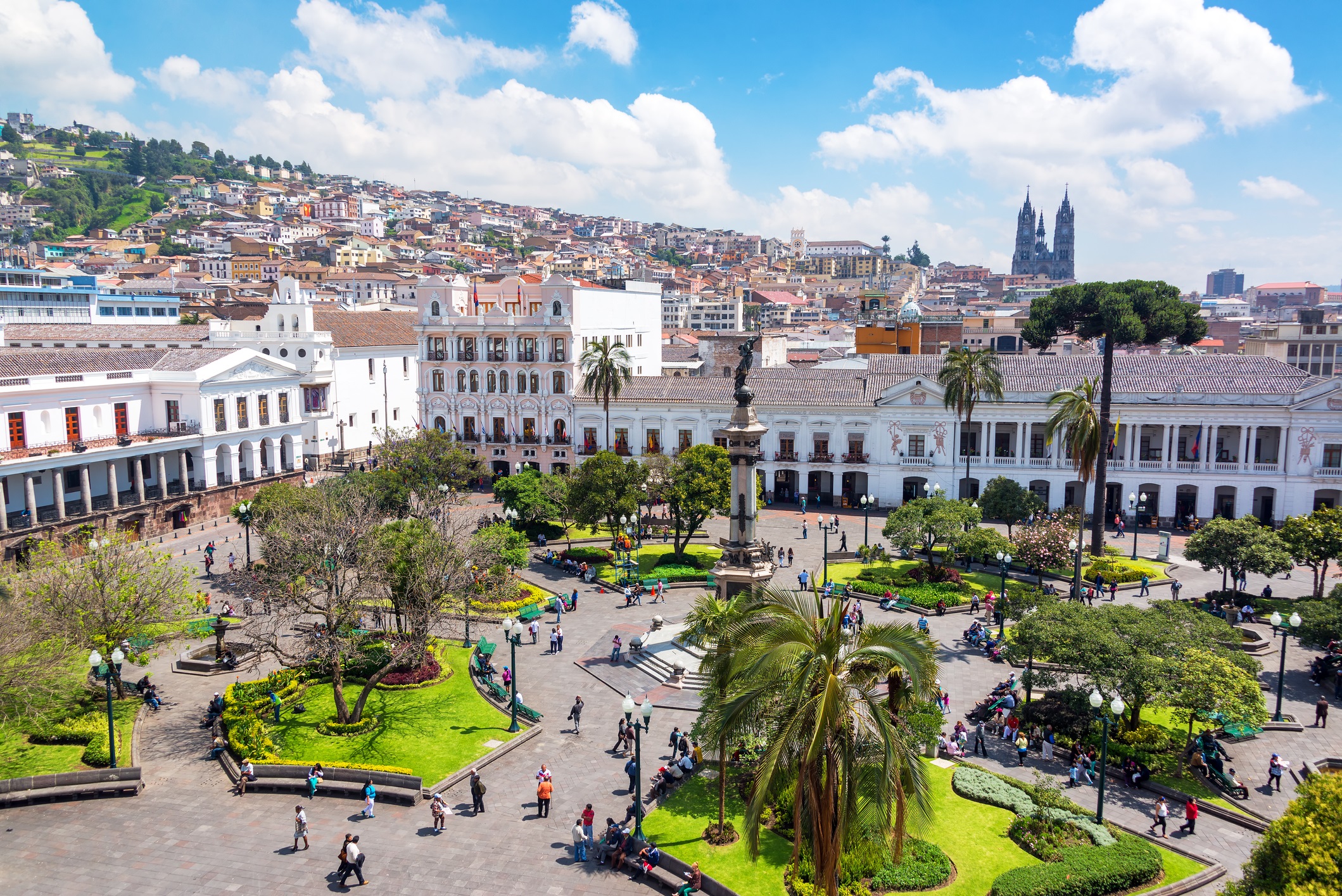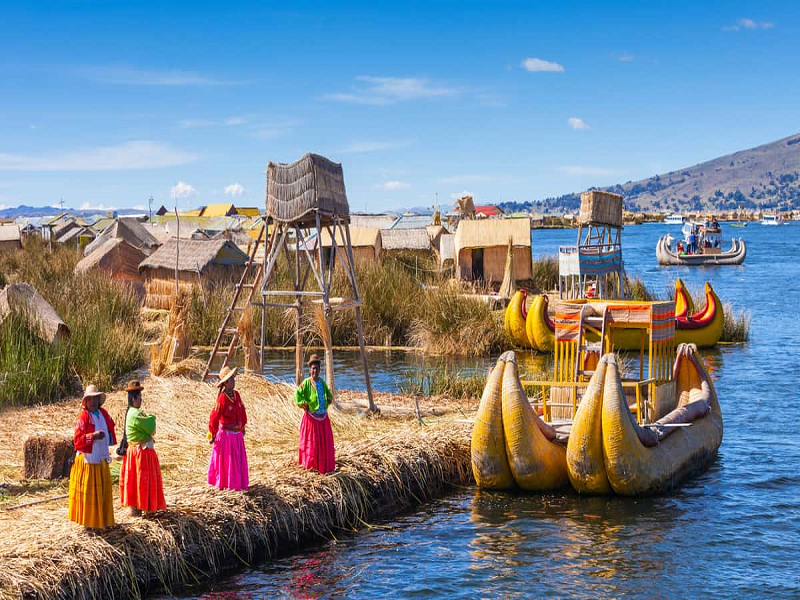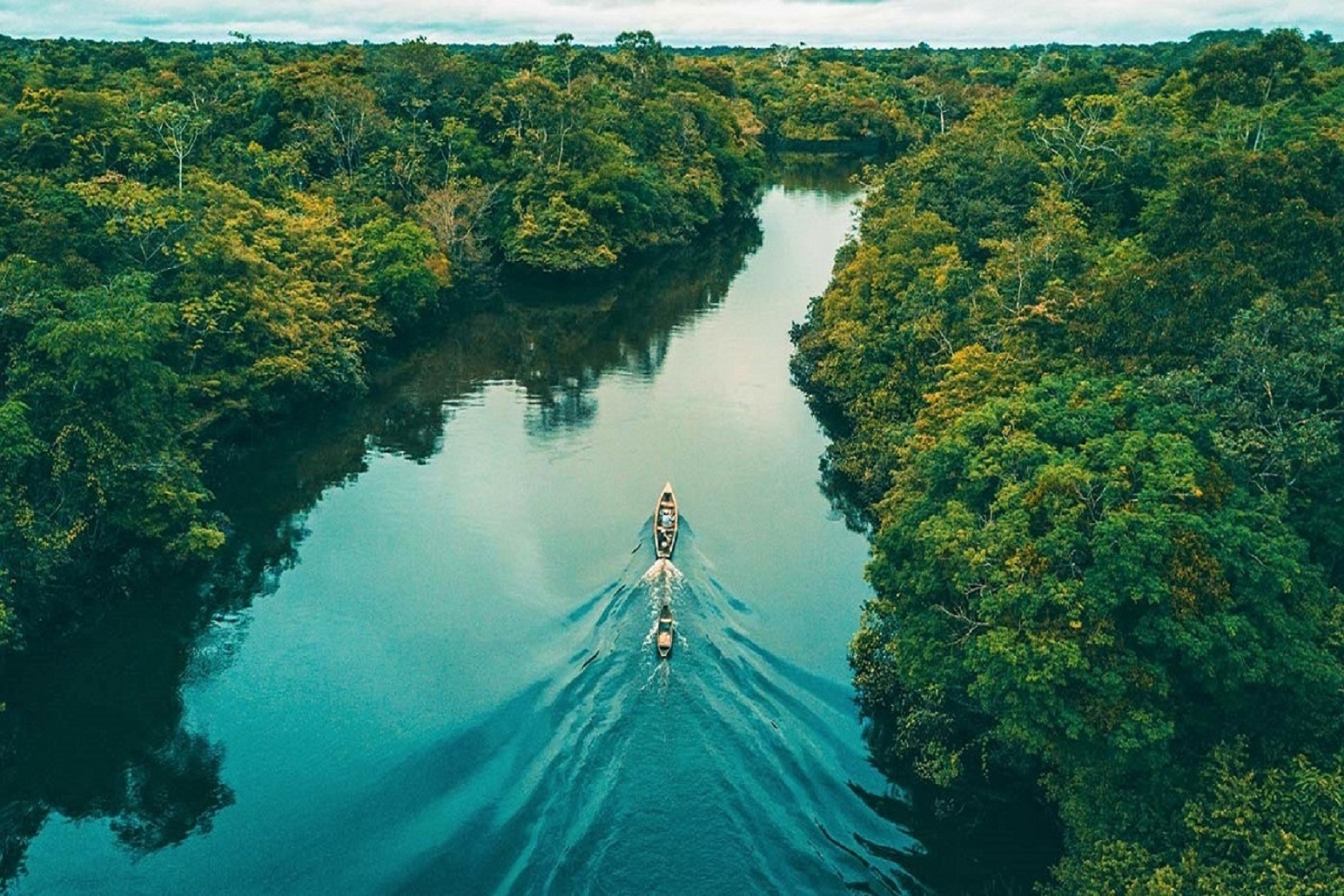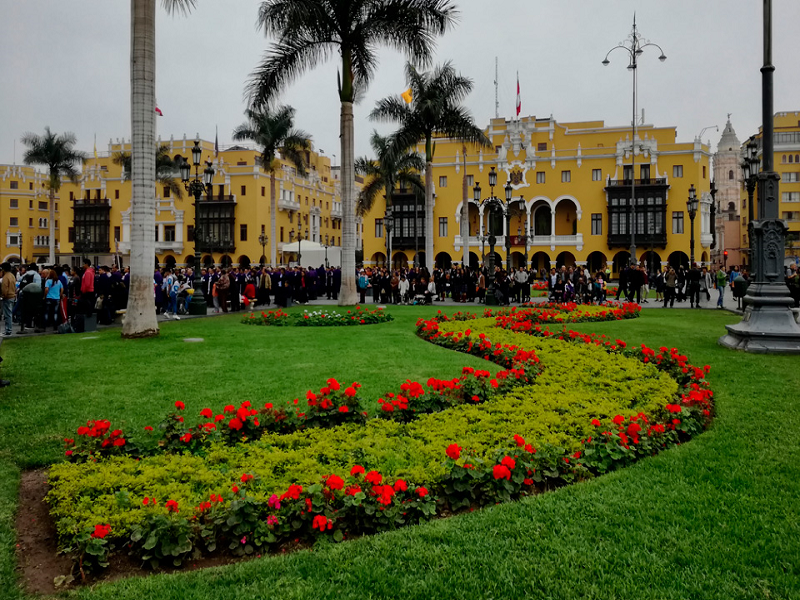Day 14:Quito
Breakfast at the hotel. Transfer to Quito with a driver. Transfer to Casa Gangotena Hotel.
Sightseeing tour of Quito with a visit to the equator line.
Duration of the excursion day including transfers – 8 hours.
Altitude – 2800m.
Average temperature - +20°C during the day, +10°C at night.
During the city tour of Quito, you will witness captivating panoramas, churches, domes, and rooftops that are historical relics, and you will learn about colonial art, architecture, culture, legends, and traditions.
Quito, the capital of Ecuador, was founded in the 16th century on the ruins of an Inca city and is located at an altitude of 2800m. Despite the earthquake in 1917, the city has the best-preserved and least-altered historic center in Latin America. The architecture and rich interiors are examples of the Quito School of Art, which represents a fusion of Spanish, Italian, Moorish, Flemish, and indigenous art. Artists of this school worked with stone and wood to shape the most important religious events. After an hour and a half of walking through the Old Town, exploring its streets, you will understand why Quito was the first city in the world to be included in the UNESCO Cultural Heritage list.
Quito got its name from the Kichwa tribe that inhabited the region long before the Spanish conquest. In 1533, Sebastian de Benalcazar seized the city, which was initially the capital of the Inca Empire, and in 1541, it was elevated to the status of a Spanish city. Its full name is San Francisco de Quito. The city served as the capital of the Quito state until the end of Spanish colonial rule.
The Franciscan order was the first of the orders to establish itself in Quito. The Franciscans immediately began the construction of a monastery, which became a center of education and art, hosting its own schools of painting and sculpture (the Church of San Francisco is visited during the tour).
Around the main square Plaza Grande are the main buildings of the country: the Cathedral, the Presidential Palace, the Archbishop's Palace, and the City Hall. We will visit the finest example of colonial art in the city - the Jesuit church, whose facade is covered with intricate carvings.
Quito is the capital city with many contrasts, which you can appreciate by visiting the Old Town and the new districts. A beautiful view of the entire city will open up from the Panecillo viewpoint with the statue of the Virgin Mary with wings - the patroness of the city.
We head to the 'Middle of the World' (equator line).
1.) Ciudad Mitad del Mundo.
Ciudad Mitad del Mundo is a tourist and trade center where visitors can discover a monument built in memory of the 1736 geodetic expedition that determined the equator's passage at this location. The 'Middle of the World' tourist complex belongs to the prefecture of Pichincha province, Ecuador. It is located in the San Antonio parish of the Quito district, north of downtown Quito.
Within the complex, the headquarters of the Union of South American Nations is under construction. Between 1979 and 1982, a 30-meter monument was erected, marking the spot where, it was believed, the equator passed. A line extending from the center of the monument indicates the equator, and over the years, countless tourists have crossed it. However, in reality, the entire structure is located 240 meters south of the actual equator, which was accurately determined in the 20th century thanks to the advent of GPS positioning.
2.) Intiñan Museum.
In this museum, we will conduct a series of experiments explaining the influence of the equator on natural forces. You will also learn about the culture of ancient peoples, and we will see a series of totems from various South American cultures. Traditional dwellings from different cultures existing in the country are also displayed here, such as a house with items belonging to an indigenous family that lived in this area many generations ago.
Return to the hotel. Free time.

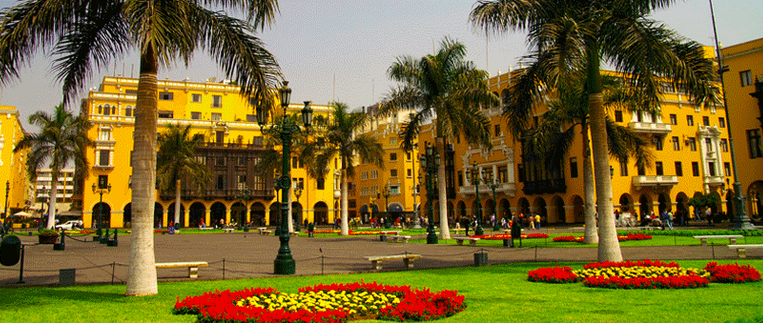
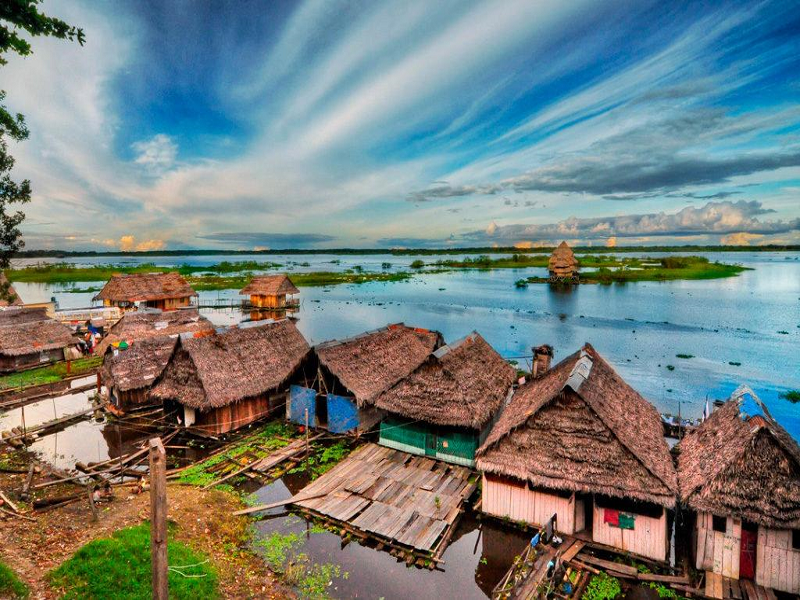
![5 days / 4 nights [full board] -3 5 days / 4 nights [full board] -3](https://adatours.com/image/countries/brazil/bra-amazonia-2.jpg)




